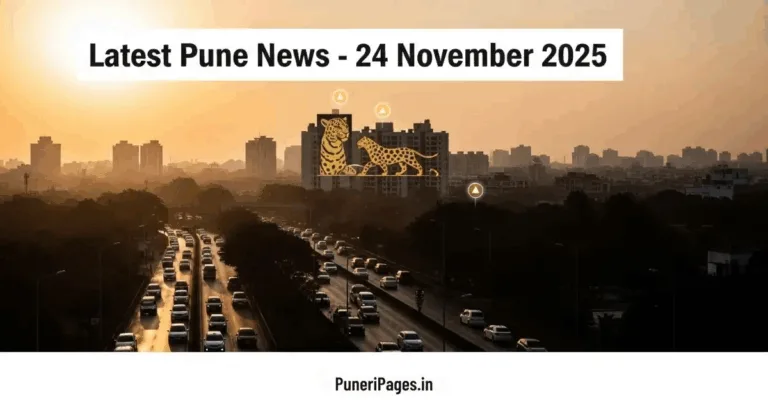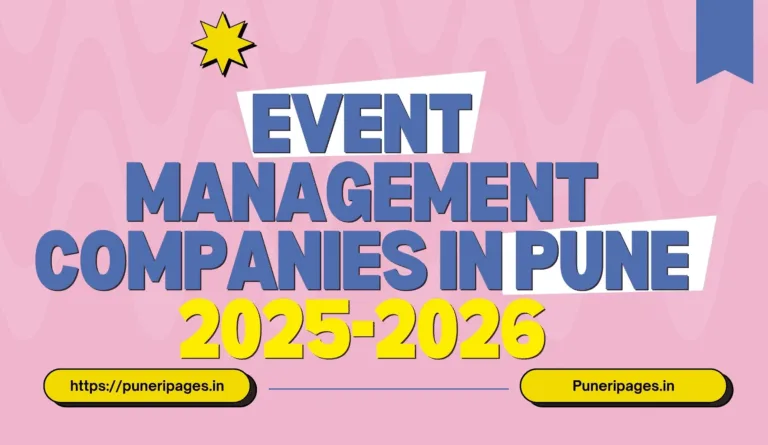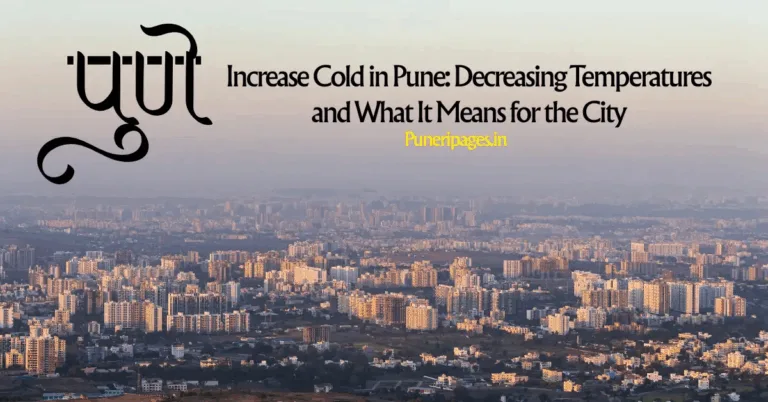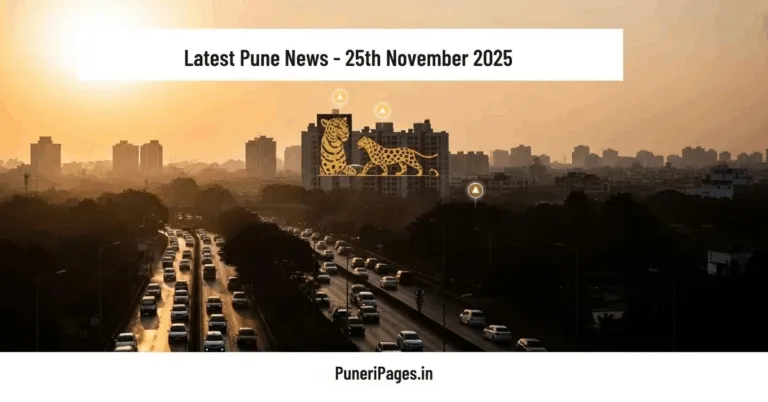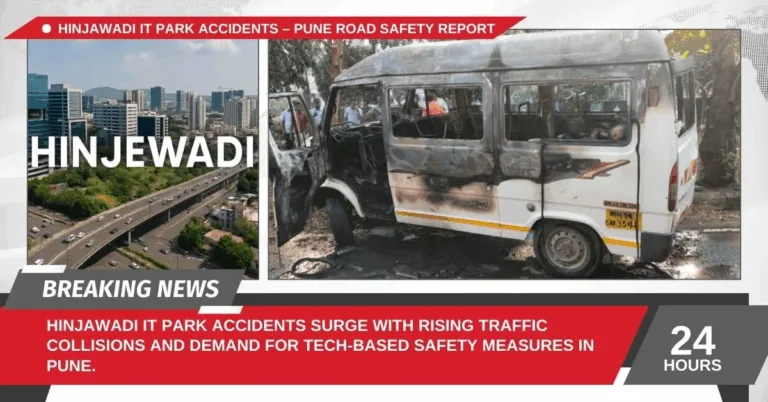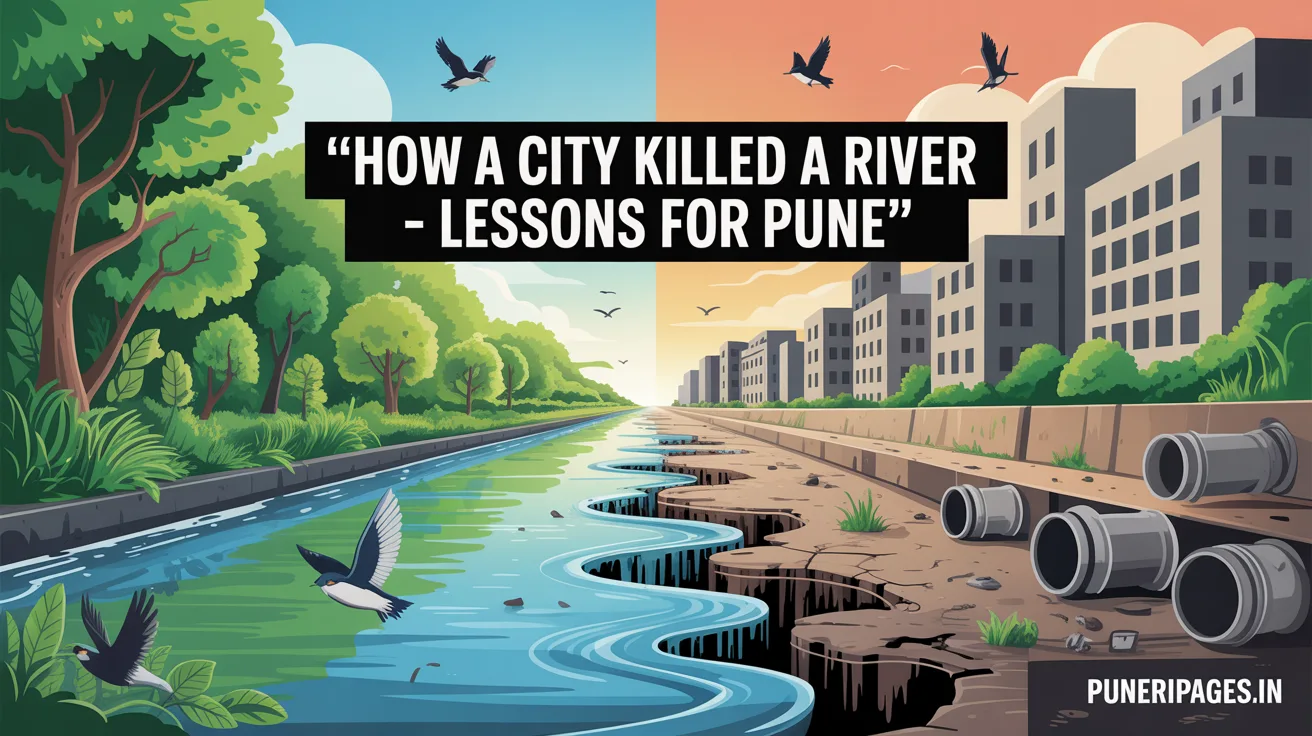
A river’s journey from life to decay—let Pune not repeat Delhi’s mistakes. Explore the full story on puneripages.in.
Table of Contents
Urban development is often celebrated as a symbol of progress. Expanding skylines, modern infrastructure, and economic prosperity dominate conversations around city growth. However, this rapid transformation comes at a heavy environmental cost—particularly to rivers and natural water bodies that often become casualties of neglect and poor planning. One stark example is the Sahibi river in Delhi, which once flourished as a vital natural artery but today exists only in memory. As Pune stands at a similar urban crossroads, the tale of Sahibi must serve as a powerful warning and a call to responsible development.
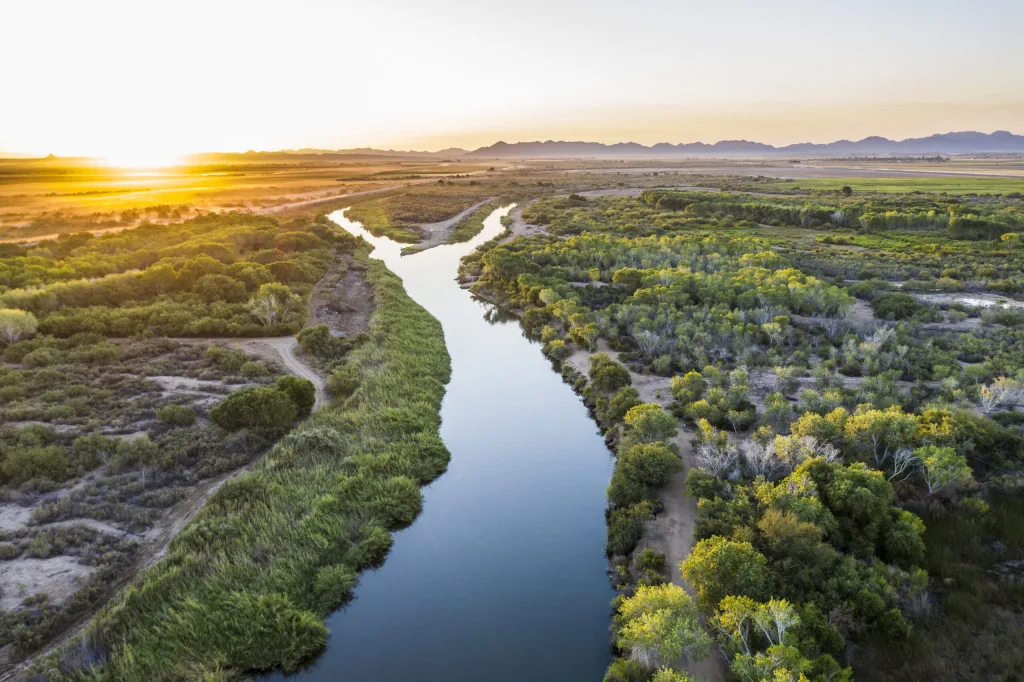
Background: What Happened to the Sahibi River?
The Sahibi river, once a vital natural resource in the Delhi-NCR region, now resembles a stagnant, polluted drain. Originating from the Aravalli hills in Rajasthan, the river traveled through Haryana and entered Delhi, historically contributing to the recharge of groundwater aquifers, maintaining ecological balance, and sustaining life forms along its banks.
Over the past few decades, however, a series of human-induced disruptions led to the river’s degradation. Key contributors to its decline include:
- Unchecked urban encroachment: Expansion of settlements into riverbeds without environmental assessment.
- Construction over natural drainage routes: Roads, buildings, and infrastructure choking the river’s natural flow.
- Dumping of untreated sewage and industrial waste: Turning the river into a toxic channel.
- Administrative neglect: Poor enforcement of existing environmental regulations and lack of long-term planning.
Combined, these issues resulted in the complete transformation of a once vibrant river ecosystem into a forgotten, contaminated waterway.
Why This Matters for Pune
The situation in Pune mirrors Delhi’s missteps in alarming ways. The city is blessed with several rivers—Mula, Mutha, Pavana, Indrayani, and Ramnadi—that are integral to its geography and historical legacy. But these rivers are increasingly under threat due to rapid urbanization, infrastructure projects, and insufficient environmental safeguards.
Key similarities include:
- Urban expansion into floodplains and riverfront areas without proper zoning.
- Housing projects and commercial establishments springing up along riverbanks.
- Lack of coordination among municipal departments, leading to delayed or poorly implemented river rejuvenation efforts.
- Ongoing discharge of untreated sewage and waste into rivers, despite awareness and complaints.
The Riverfront Development Project in Pune, though promising in its intent to beautify and clean city rivers, has raised concerns among environmentalists who worry that it prioritizes aesthetics over ecology. Without addressing foundational issues like water quality, ecological flow, and public accountability, such projects may become superficial solutions.
Lessons for Pune’s Urban Planners
The collapse of the Sahibi river holds numerous lessons for Pune’s urban planners, civic bodies, and citizens:
- Protect Natural Drainage Patterns: Never underestimate the importance of natural waterways. Any attempt to alter a river’s natural course or block its tributaries can lead to devastating consequences, including urban flooding, loss of biodiversity, and long-term environmental degradation. Urban planning must respect and adapt to existing ecological frameworks.
- Integrated Urban Planning: Land use plans must incorporate green corridors, rainwater harvesting, and wetland conservation. Rivers should be protected with sufficient buffer zones and their catchment areas safeguarded from commercial exploitation.
- Stringent Regulation and Enforcement: Pune Municipal Corporation (PMC), Pimpri-Chinchwad Municipal Corporation (PCMC), and the Maharashtra Pollution Control Board must collaborate to implement zoning laws and penalize violations related to illegal encroachments, pollution, and sand mining.
- Active Public Participation: Community engagement is key to sustainable river conservation. Pune’s citizens should be part of river monitoring committees, awareness programs, and cleanup efforts. It’s easier to prevent degradation than reverse it.
- Data-Driven Decision Making: Modern tools such as GIS mapping, drone surveys, and real-time pollution sensors should be used to monitor river health. Regular public reports on water quality, sewage treatment status, and encroachment data will help keep agencies accountable.
- Education and Awareness: Public education campaigns can help inculcate a culture of water respect among residents. School curricula, college programs, and local events should include river awareness modules.
The Bigger Picture: Ecological Health Is Urban Health
A city’s sustainability cannot be divorced from the health of its natural systems. Rivers are more than water bodies—they are historical landmarks, spiritual symbols, ecosystems, and life-supporting networks. In ignoring them, cities risk losing more than just flowing water.
The loss of the Sahibi river was not a sudden accident. It was a slow erosion of priorities and responsibilities. Pune still has its rivers—albeit struggling—and the time to act is now. Protecting rivers is not just an environmental cause; it’s a socioeconomic and urban survival strategy.
If Pune learns from Delhi’s mistakes, it can still preserve its rivers for future generations. But this requires more than policies—it demands political will, community ownership, and an unwavering commitment to sustainability.
FAQs
Q1: Which rivers flow through Pune?
A: Pune is home to several rivers including Mula, Mutha, Pavana, Indrayani, and Ramnadi. These rivers play a critical role in the city’s ecology and water supply.
Q2: What is the Riverfront Development Project in Pune?
A: The project aims to revitalize Pune’s riverbanks by combining beautification, accessibility, and environmental restoration. However, it has faced criticism for possibly prioritizing infrastructure over ecology.
Q3: Is pollution a major issue in Pune’s rivers?
A: Yes, river pollution is a growing concern due to untreated sewage, industrial discharge, plastic waste, and urban runoff.
Q4: How can citizens help protect rivers in Pune?
A: Citizens can participate in river clean-up initiatives, report violations, reduce plastic usage, and advocate for stronger environmental regulations.
Q5: Are there any laws protecting Pune’s rivers?
A: Yes, national and state-level environmental laws govern water bodies, including the Environmental Protection Act and River Regulation Zone guidelines. However, enforcement is inconsistent.
Q6: Has any river in Pune already dried up like Sahibi?
A: While no major river in Pune has dried completely, smaller streams and tributaries like Ramnadi face serious risk of permanent degradation.
Q7: What is ecological flow and why is it important?
A: Ecological flow refers to the water volume required in a river to sustain aquatic life and natural processes. Disruption of flow leads to ecosystem collapse.
Q8: How do rivers contribute to groundwater recharge?
A: Rivers percolate water into the ground through their beds and banks, replenishing aquifers. Encroachments and concretization block this recharge.
Q9: Are river pollution levels measured in Pune?
A: Yes, Maharashtra Pollution Control Board monitors river quality, but regular public updates and actionable insights are limited.
Q10: What role do wetlands play in river conservation?
A: Wetlands act as natural filters and buffers during floods. Their preservation is essential to protect river ecosystems and manage urban water systems.
